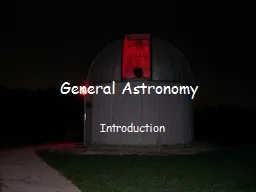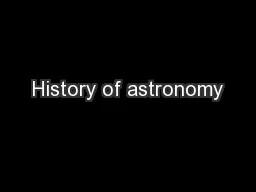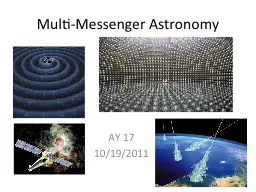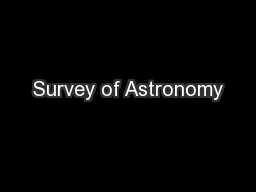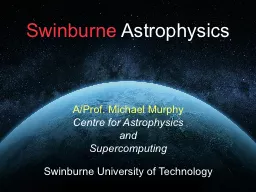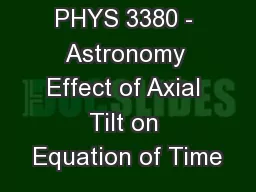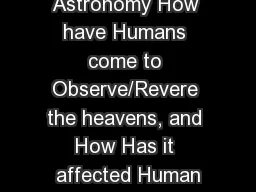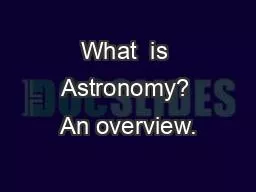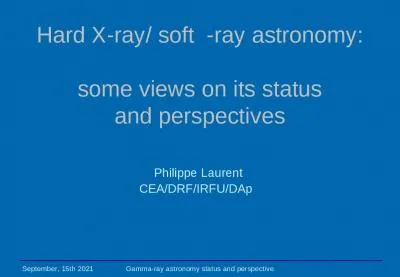PPT-General Astronomy
Author : briana-ranney | Published Date : 2015-10-21
Introduction Introduction Administrative Matters Syllabus Best guess at this time NOT cast in granite General Information Text Exams and Quizzes Labs Observatory
Presentation Embed Code
Download Presentation
Download Presentation The PPT/PDF document "General Astronomy" is the property of its rightful owner. Permission is granted to download and print the materials on this website for personal, non-commercial use only, and to display it on your personal computer provided you do not modify the materials and that you retain all copyright notices contained in the materials. By downloading content from our website, you accept the terms of this agreement.
General Astronomy: Transcript
Download Rules Of Document
"General Astronomy"The content belongs to its owner. You may download and print it for personal use, without modification, and keep all copyright notices. By downloading, you agree to these terms.
Related Documents

